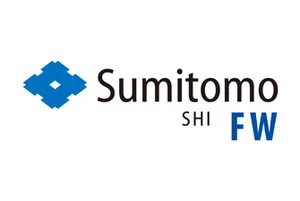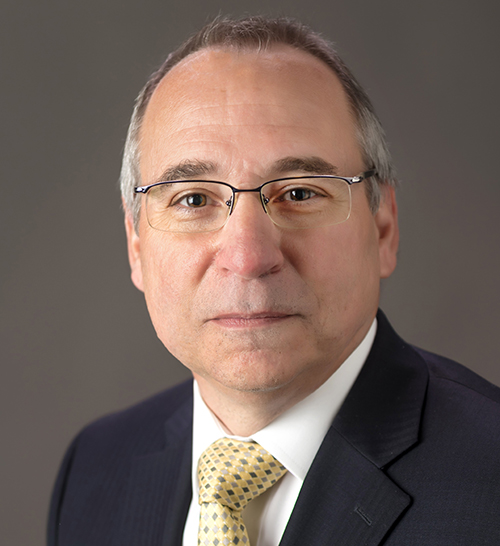OVERVIEW
Tighter control of Sulfur Oxides (SOx), Nitrogen Oxides (NOx) and particular matter (PM) has become a priority for many countries around the world. As an example, India’s Ministry of Environment & Forest (MOEF) has issued new regulations affecting an estimated 140 GW of operating Indian coal-fired power plants and all new plants built in India’s future. By 2022, SO₂ emissions for all currently operating plants in India that are 500 MWe or larger must not exceed 200 mg/Nm³ and all new plants must meet even tighter SOx limits of 100 mg/Nm³
Now offering Certificates of Completion for all our Webinars.
Until now, wet flue gas desulfurization (wFGD) technology has been the default FGD technology option largely due to its track record on large scale units, and its ability to produce gypsum as a by-product for possible sale. However, wFGD technology comes with several expensive drawbacks such as high initial capital costs, large real estate requirements, high water utilization, and power consumption. In addition, gypsum sales have been difficult to realize in many countries because of inadequate market demand, poor gypsum quality and limestone purity.
In contrast, circulating fluidized bed scrubber (CFBS) technology is becoming an increasingly attractive option for both existing and new power plants. The CFBS efficiently and economically captures a wide array of pollutants, including SO₂, SO₃, HCl, PM, heavy metals, and organic compounds. Its installed cost is 40-50% lower than wFGD, uses 40% less water, has lower aux power requires no stack modifications, and can handle fuels with a wide range of sulfur content. Additionally, its recent success with large scale installations in many parts of world make it the ideal choice for plants ranging from small waste to energy plant to large coal utility power plants.
In this webinar, Robert Giglio of Sumitomo SHI FW (SFW), will focus on the technical, economic and environmental benefits of CFB scrubbing technology.
Important Topics to be Covered in the Webinar:
What are the differences in pollutant capture performance between Wet FGD vs. spray dryer absorber and CFBS technologies.
How do the CAPEX and OPEX compare between the technologies?
How big can CFBS systems get?
How does the water consumption for the CFB scrubber compare with that of a wet FGD or a conventional SDA?
Do I need to modify my stack when retrofitting a CFBS to my plant?
What turn-down capability do you have with the CFB scrubber?
Will the CFB scrubbing technology work with an ESP instead of a baghouse?
How does the CFB scrubber footprint compare to that of an SDA or wFGD?
What is the experience range of fuels and plant sizes with CFBS technology?
Relevant case studies of plants worldwide using SFW’s CFB scrubber technology will be presented:-
Dry Fork Station, Basin Electric Power Corporation (BEPC), USA a 420 MW PRB coal-fired plant in Wyoming (USA). Behind its pulverized coal boiler sits the largest single absorber dry scrubber operating in the world today. The plant has demonstrated a 98% availability since its commissioning in 2012
Soma Kolin Power Plant in Soma, Turkey - A 2 X 225 MWe power plant firing very low Cv Turkish lignite, now in commissioning
Fortum Heat plant in Zabrze, Poland - A 75 MWe multi-fuel CHP plant firing a combination of coal, biomass and RDF pellets, commissioned in 2018
Attendees can ask questions during the Q&A session of the webinar. Register today to secure your spot in this free webinar!
Who Should Attend:
Utilities
Independent Power Producers & Developers
Industrial Plant Owners
Architecture & Engineering (AE) Companies
Asset Managers and Power Plant Owners
PRESENTER
Robert Giglio | Senior Vice President of Strategic Planning and Business
Development | Sumitomo SHI FW
Robert is responsible for market, product, technology and business strategy, globally for SFW. Robert started his career over 30 years ago with a Master's Degree in Mechanical Engineering from the Massachusetts Institute of Technology.



